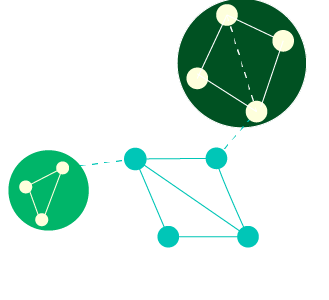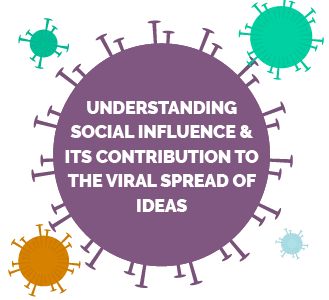The Social Proof Theory, also called Informational Social Influence Theory, was popularised by Robert Cialdini, psychologist and author of Influence: The Psychology of Persuasion.
The theory maintains that an individual who is unfamiliar with proper behaviour or expectations in a particular circumstance will attempt to imitate the behaviour of other individuals within that same environment.
By observing social etiquette, for lack of a better word, a person who is new to a specific situation can acquire insight and guidance for their behaviour. As social creatures, social proof plays a crucial role in human beings assimilating themselves into new environments and experiences. It serves as a reference point for appropriate behaviour.
When applied to marketing, social proof contributes to our willingness to make a purchase.
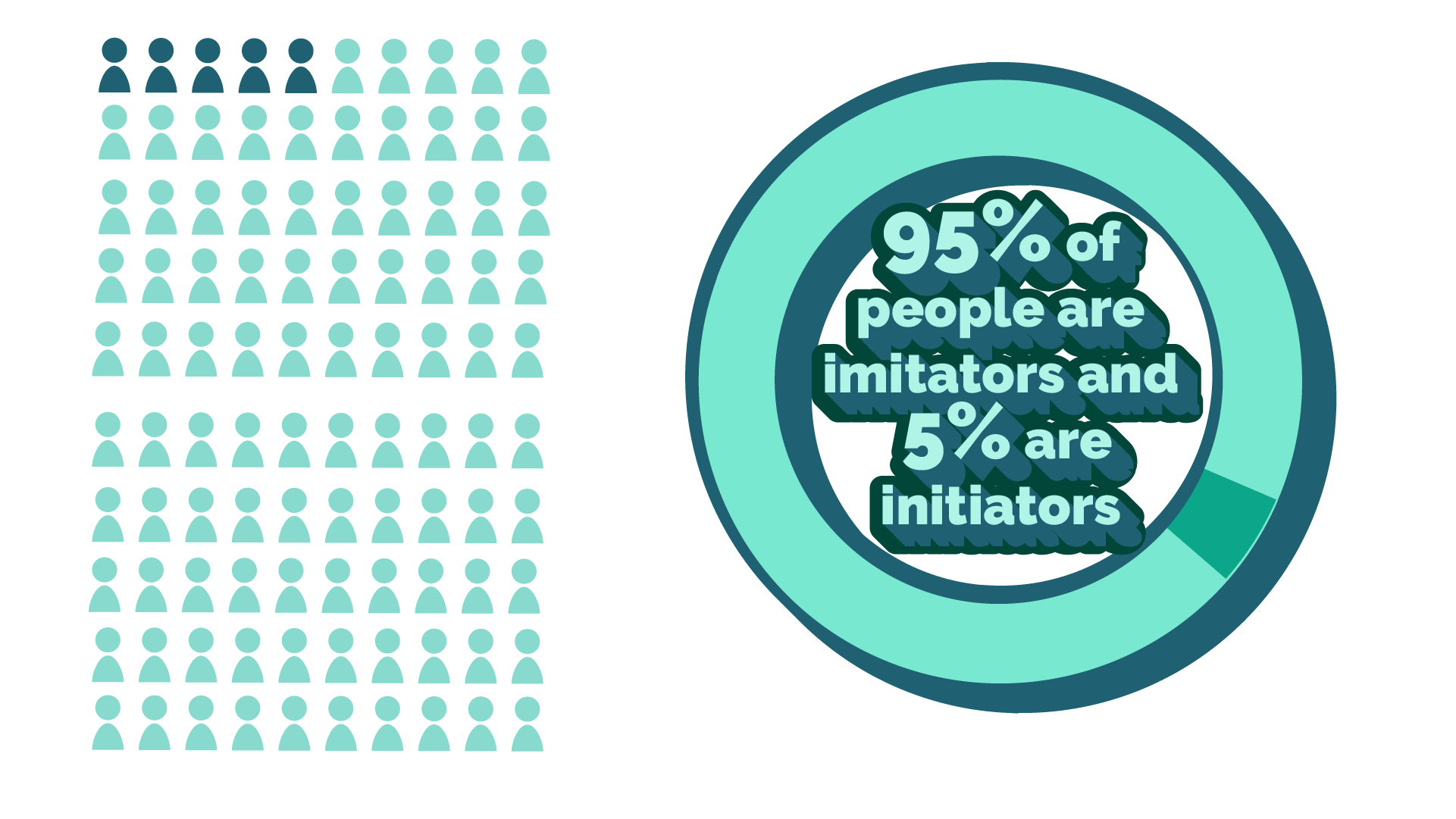
As Cialdini puts it in his best-selling book:
“Since 95 percent of the people are imitators and only 5 percent initiators, people are persuaded more by the actions of others than by any proof we can offer.”
If we accept 95% of people—and therefore consumers—are imitators by nature, then we as marketers must give them something to imitate; a task for which social proof is not simply appropriate, but essential.
Social proof is the single most important contributor to consumer decisions, and yet a great many business leaders perceive it as something that exists largely outside of their realm of control—something that accumulates organically as time passes and brand awareness spreads.
By understanding how social proof functions, and the factors it must contend with to persuade a consumer; we can successfully harness this in-built mechanism for social assimilation for our own means.
I’m conscious that I’m starting to read like a Bond villain, so let’s get stuck in.
The Nature of Social Proof
In his book, Cialdini uses a biblical analogy to demonstrate how the influence of a higher authority can cause humans to forego usual reservations. He writes:
“Abraham’s willingness to plunge a dagger through the heart of his young son because God, without any explanation, ordered it. We learn in this story that the correctness of an action was not judged by such considerations as apparent senselessness, harmfulness, injustice, or usual moral standards, but by the mere command of a higher authority.”

Social proof functions similarly, it serves as a higher authority in decision-making. Don’t believe me? Let’s take a look at a study conducted by Solomon Asch in the 1950s.
The Asch Effect
The discovery in this study was that group pressure influences people to provide clearly incorrect answers to questions.
Sure, it’s not sacrificing your son to the will of a higher power à la Abraham. But it is clear from the results that there was certainly a power dynamic at play in this experiment.
In the Asch study, all but one of the participants were confederates of the researcher (i.e., aware of the experiment). They had a simple instruction; to compare lines of different lengths. On the left was a single line of medium length. On the right, three lines, each of varied length.
The participants were told to select the line on the right that was the same length as the line on the left. The confederates had instructions to answer incorrectly. The remaining participant, unaware that the other members of the group were in cahoots with the researcher, then gave their answer.
Despite the line chosen by those in the know being noticeably longer than the line they’d been told to match, Asch found that 76% of genuine participants gave in to group pressure at least once by indicating the incorrect line.

This phenomenon became known as the Asch effect. Which refers to the influence of the group majority on an individual’s judgment.
Though they go by different names, Social Proof Theory and the Asch effect are two sides of the same coin; both rely on human susceptibility to social or group influence. In fact, Social Proof Theory provides one explanation for how the Asch effect works and what motivates individuals to conform, often against reason.
The Motivation to Conform
Researchers Deutsch and Gerard categorise the desire to conform into two types: informational social influence and normative social influence.
Normative social influence involves individuals conforming to a group norm. In order to feel good, feel that they belong, and to gain group acceptance.
Informational social influence, also called Social Proof Theory, involves individuals conforming because they believe that the group is competent. And because the group has access to important information they themselves are not privy to.
Essentially, informational social influence is less about the desire to be part of a group. Rather, it’s more about the sense that the group has authority on the subject. And it’s this authority that influences the individual’s decision-making.
Both types of social influence can play a role in social proof. While customer reviews can serve as a source of informational social influence, nurturing a community-oriented brand can function as normative social influence. The most obvious example of the latter is the widespread devotion to Apple products. Apple has attributed an identity to the use of their products. It creates a sense of community and ongoing commitment, as well as engineering group pressure.
How Does Social Proof Work Its Magic?
As consumers, we are continuously assessing risk when we are considering making a purchase. The level of this risk depends on a range of factors; this includes cost, brand trust, social perception, and of course refund policies, guarantees, and warranties.
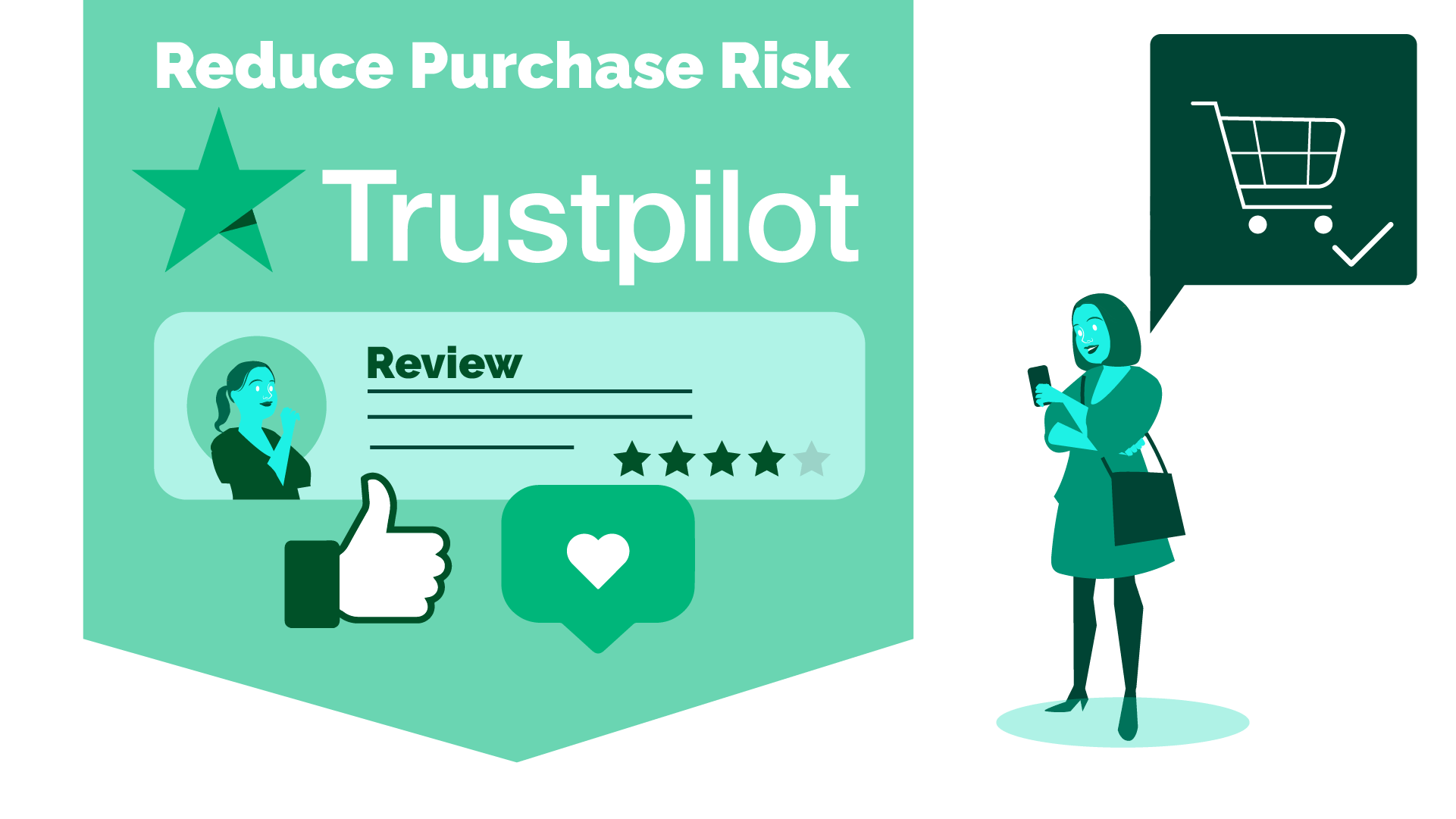
In other words, when we make a purchase, we want assurance. Assurance that:
- We are getting value for money
- That the brand is reliable should any issues arise
- That we can return the product or refund the service with relative ease should we be dissatisfied
- And that our social circles will perceive the product or service as a good purchase
While you can address many of these concerns without the contribution of social proof. Such as personal awareness of a brand, comparing competitor prices, and reviewing refund policies. Social proof remains one of the most important factors in reducing purchase risk.
According to Testimonial Engine, 72% of customers won’t make a purchase until they’ve read reviews. That’s almost three-quarters of buyers! That’s a lot of people whose purchases depend on social proof. And that’s before taking into account the impact the opinion of their peers has on their decision.
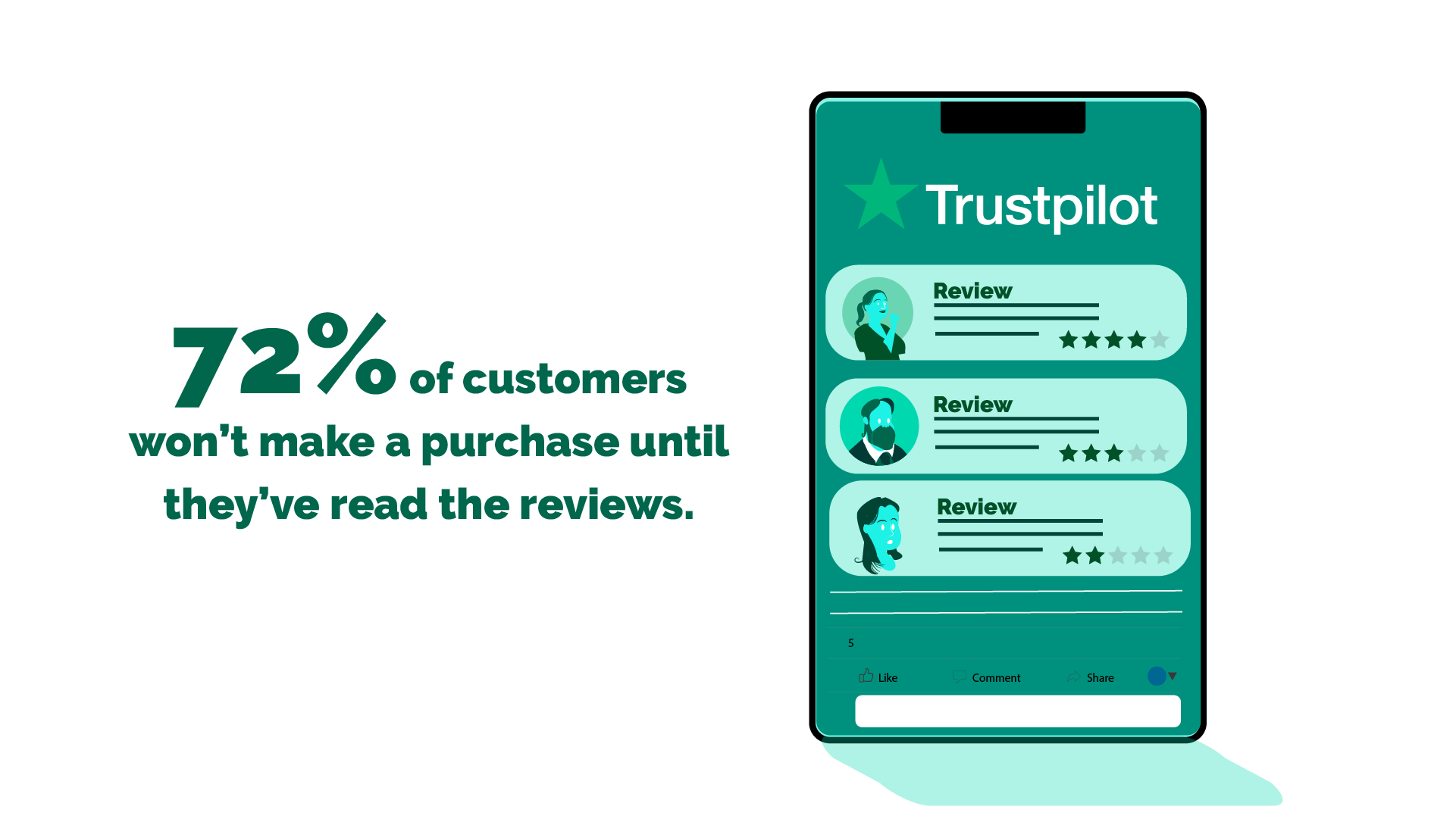
Leveraging Social Proof Beyond Testimonials
If social proof represents the reduction of risk for consumers, how do we maximise that reduction?
Since the widespread adoption of the internet, social proof has become increasingly important. Consumers are bombarded by product and service advertisements on a daily basis. And with the ease of establishing an online business, distinguishing the good from the bad is more difficult than ever. It is no wonder that consumers have become suspicious and wary of making purchases.
A Waitrose report on consumer buying trends found that 64% of customers occasionally or always feel overwhelmed by the sheer amount of choice available to them. And 54% experience so much frustration at the number of options that they abandon e-commerce sites before making a purchase.
Social proof allows companies to contend with this frustration by providing a metric for determining which option is “best”, which can narrow choice significantly.
Consumers are so dependent on social proof that 57% won’t consider using a business’ services or products if their consumer rating is less than 4 out of 5 stars.
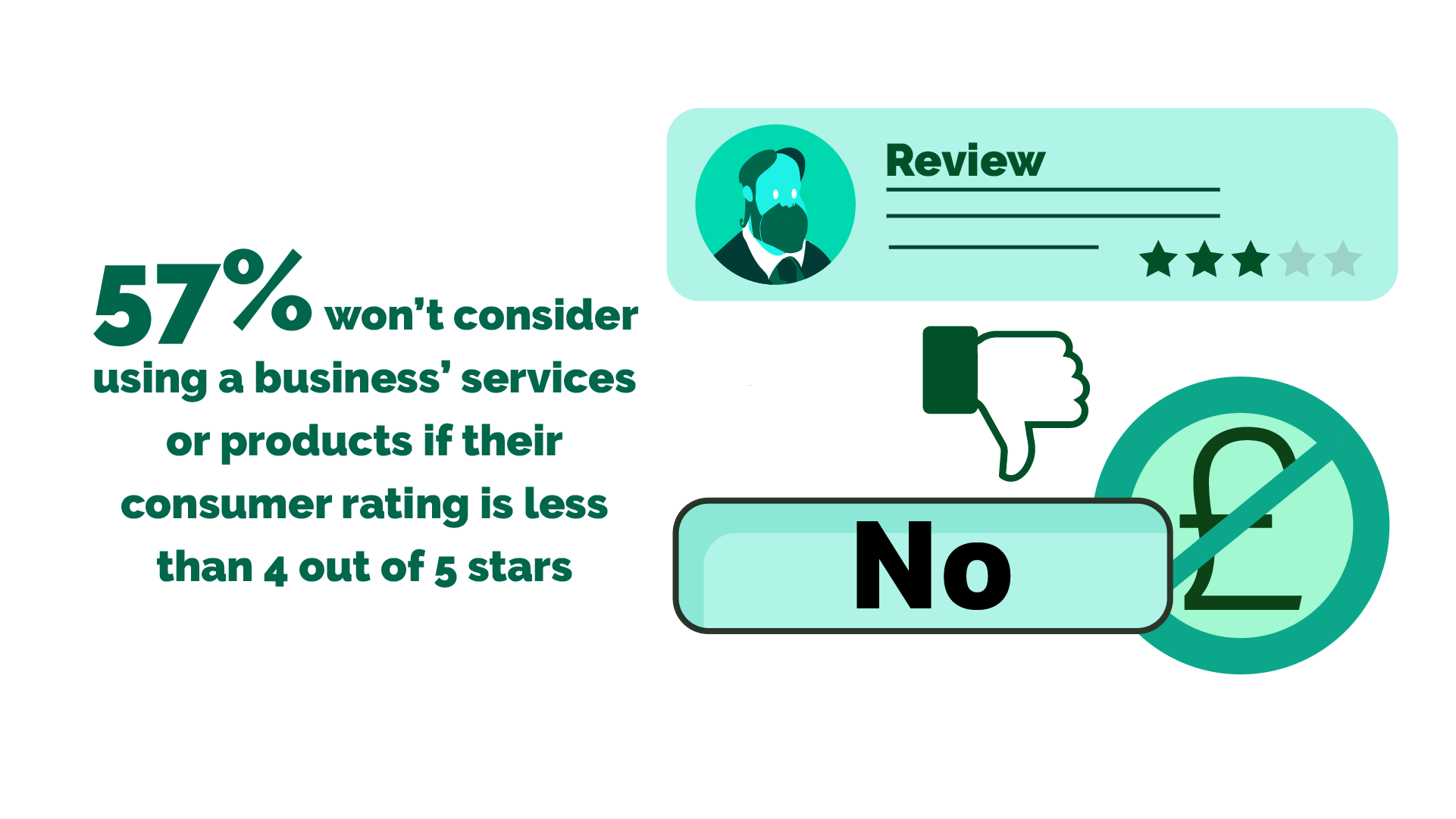
But what about beyond testimonials?
There are plenty of articles that can teach you how to increase your chances of securing positive reviews. But of course, TrustPilot isn’t the limit of what social proof can do. With the right strategy, businesses can create social proof systems that facilitate organic spread of trust in their brand.
We call these systems concentrated exposure and network ties.
Concentrated Exposure
Concentrated exposure combines the quantity and density of exposure to facilitate social proof.
The foundation of the theory of concentrated exposure rests on the idea that extent of exposure is not as important as exposure density or relevance within individual social networks.
Leveraging concentrated exposure simply means spreading brand visibility tactically by attempting to increase the percentage of people in a network who have been exposed, rather than the total number of people exposed.
How Concentrated Exposure Works
Here’s an example. Let’s imagine 100,000 people have had some exposure to your brand. Sounds like a reasonably impressive number, doesn’t it?
But let’s assume that those 10,000 people are all over the globe, with no connections to one another. They’re utter strangers whose lives are very unlikely to overlap.

Though exposure to 100,000 people is still an accomplishment, the likelihood of those exposures converting into sales is reasonably slim. This is because these individuals lack the social proof and association with their network ties which drive the purchase.
Now let’s imagine that these 100,000 people all live in Leeds, which has a population of around 800,000. That’s 1 in 8 people who have been exposed to your brand.
To put that into perspective, if an individual has a total of 16 family members and friends in their close network. Then it follows that 2 of them will be aware of your brand. As a result they could serve as powerful vehicles for social proof within their circles.
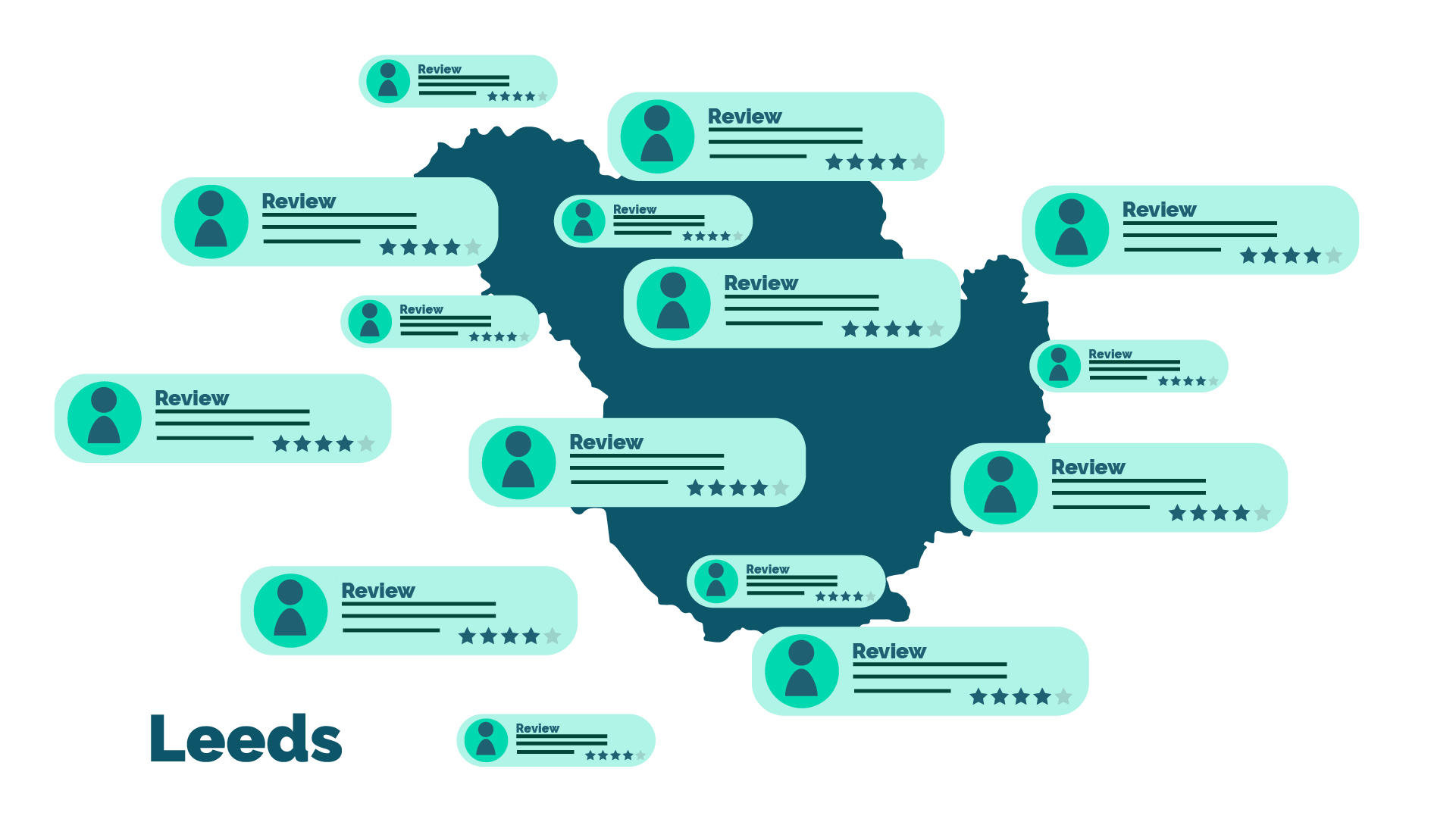 In this instance, the concentration of exposure to a specific location is worth a great deal more to your company than 100,000 disconnected individuals across the globe, because it facilitates social proof.
In this instance, the concentration of exposure to a specific location is worth a great deal more to your company than 100,000 disconnected individuals across the globe, because it facilitates social proof.
We would even go so far as to say that 500,000 individual exposures across the globe would still not be nearly as valuable as a 1 in 8 ratio of exposures in a single city of relevance.
This is the theory of concentrated exposure.
If you’d like to find out how to use concentrated exposure to generate social proof, we have an article dedicated to it which you can access here.
Network Ties
Concentrated exposure and network ties walk hand in hand. While the first focuses on density of exposure, the second prioritises the quantity of those exposures. When combined effectively, these two systems create a formidable social proof machine.
So, what exactly are network ties?
Ties exist in all spheres of life, from personal interactions to business, marketing, and politics. Within each of these categories, strong and weak ties will mean different things, but the same general principles apply.
The traditional interpretation of strong and weak ties, however, can be slightly misleading. The qualifiers “strong” and “weak” are open to a lot of misinterpretation in the discussion of ties. This is because they attribute strength or weakness to a tie that, within certain contexts, may well be the opposite.
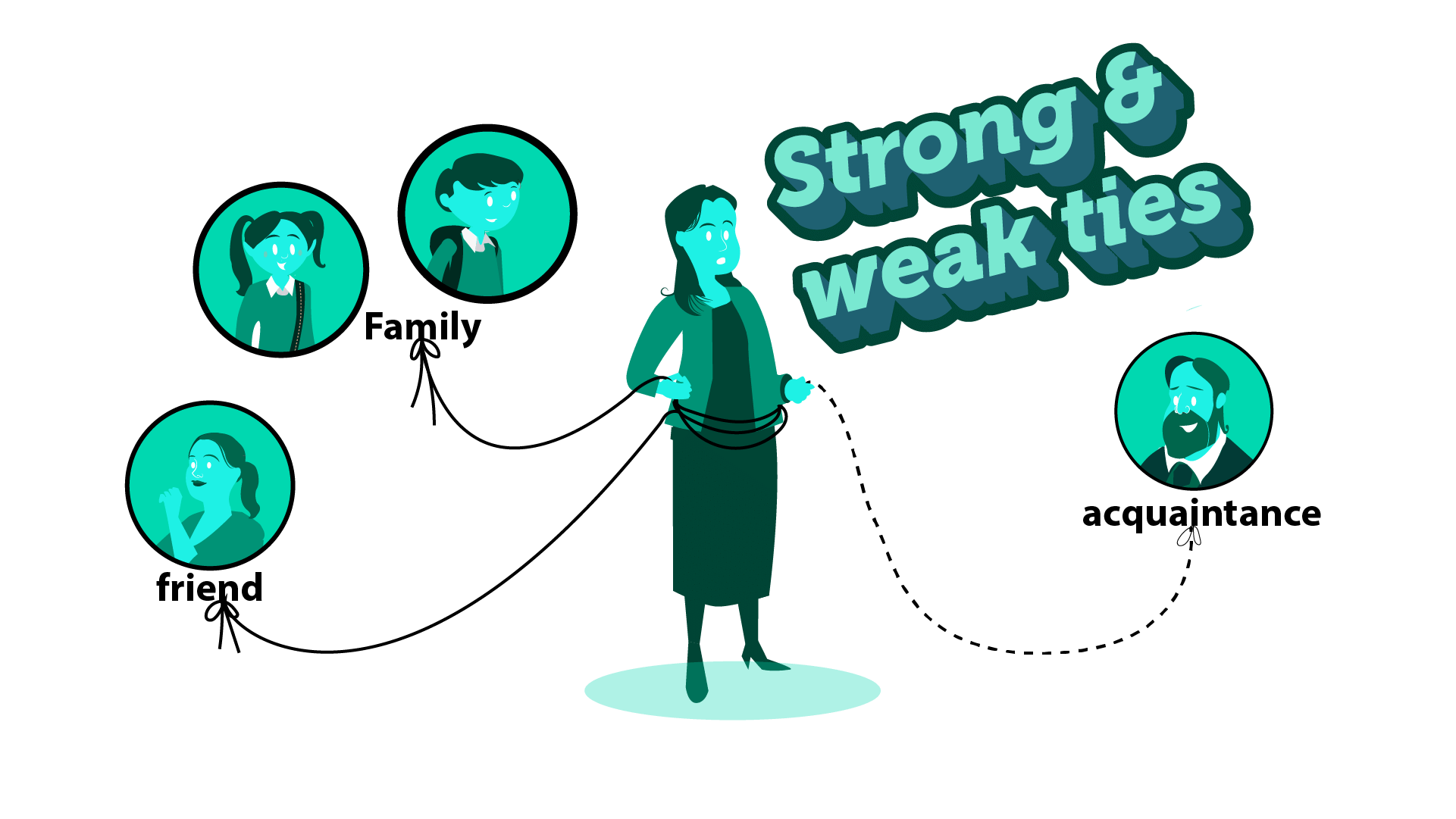
For example, in traditional terms, the definition of a strong tie is a connection between close-knit individuals. This might include family members and close friends.
A weak tie, on the other hand, in a traditional sense is someone you have some connection with. In this case, members of the same group, which generally you aren’t particularly familiar with.
In social proof marketing, strong and weak ties serve different purposes. A tie that is traditionally “weak” may actually be very powerful. Whereas a traditionally strong tie may not be relevant to certain circumstances, so is not “strong”.
The Contextual Quality of a Tie
When considering the quality of a tie, context is crucial.
For instance, while a family member (i.e., a “strong” tie) may be relied upon for recommendations regarding everyday items, such as the best local hairdresser, somebody who is a member of your running club (i.e., a “weak” tie) is likely to have greater authority on the subject of running. They have contextual credibility.
The contextual quality of these ties are not dependent on their traditional definitions as strong or weak. Their power is in their relevance and their subject authority.
Why Do Ties Matter To Social Proof?
Network ties are constantly being leveraged to generate social proof, often in the form of referrals and other schemes designed to facilitate the spread of awareness within an individual’s networks. You’ll probably be most familiar with this on social media, where brands regularly host competitions and promise extra entries for people who tag their friends and family in the comments.
Other initiatives include influencer marketing, hashtag marketing, affiliate programmes, and promotion of user-generated content on social media.

In each of these instances, it is the quality of the network tie that facilitates the spread, enabling businesses to organically perpetuate their brand awareness without further investment. The ties do all the legwork.
Want to find out more about how to leverage ties to facilitate social proof? Check out our article.
Why Are Network Ties & Concentrated Exposure So Important?
Whether you realise it or not, network ties and concentrated exposure are continuously impacting your decisions.
Though powerful, social proof has a lot to contend with in order to be successful. As a consumer, you’ll probably identify with the experience of receiving a recommendation from a friend, but still feeling cautious when the time comes to make the purchase.
Say this friend’s recommendation was for a brand of workout wear, not for athletes, but for the everyday gym-goer.
You might find the cost of the workout wear off-putting, or the fact that you aren’t aware of the brand concerning. You may worry that their refund policies will be restrictive and their customer service shoddy. Or even that there will be costs lurking out of sight.
Although you trust your friend’s judgement, you know that their individual experience doesn’t speak for the collective experience of all buyers.
What might help you overcome these reservations?
Yes, you could view testimonials and hunt down the refund policy, but the primary factor in cultivating trust in this brand will be familiarity. The more positive exposure you have to them, the less cautious you will be.
Let’s imagine that not only do you have a recommendation from a friend, but you’ve also seen your sister, your neighbour, and someone who attends your gym using this product. The quantity and relevance of this exposure goes a long way to improve your perception of the brand.
When next you visit the checkout page, you are significantly more likely to complete the purchase.
But to overcome these hurdles, the nature of the social proof you were experiencing had to be concentrated. For example, you see several people using the product and it’s of a high quality. The people you saw using the product had a strong influence over you; either by being close friends and family who also work out regularly or someone who attends the same gym.
The systems of social proof, concentrated exposure and network ties, are both at play in this scenario.
Rethinking Social Proof For Your Brand
Social proof plays a crucial role in consumer decision making, and yet most businesses perceive it as being limited to testimonials and other customer-generated content. The truth is that social proof is much more than that. And, with the right strategy, you can engineer it to your brand’s benefit.
Though useful, referral schemes and other similar social proof-oriented processes do little more than level the playing field between your brand and its competitors.
But if you want to level up your approach. Or create a machine that generates social proof on an ongoing basis, with minimal investment; then don’t overlook the systems in this article.
If you balance concentrated exposure with clever network targeting, the effectiveness of your social proof system can go well beyond testimonials.


